Our Work
Pancreatic Auto Islet Transplantation
Pancreatic Auto Islet Transplantation Video
This animation give an overview of the pancreatic auto islet cell transplantation procedure. Patients with pancreatic disease often have very few pancreatic islet cells to produce insulin (and other hormones). These patients are diabetic and have to manage their diabetes with medicine. So, physicians have developed a technique where the pancreas is removed (total pancreatectomy) and the islet cells are harvested from the diseased pancreas. These purified islet cells are then introduced into the patient’s liver, where they begin to take root and grow, eventually producing insulin and other hormones.
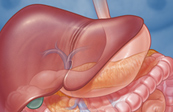
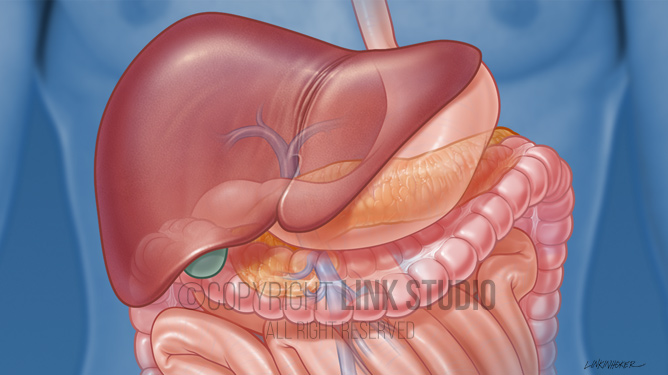
Pancreatic Auto Islet Transplantation Video – Overview of the Pancreas and Gastrointestinal Tract (Still Image)
These images are stills from a video and animation about pancreatic auto islet cell transplantation. Patients with pancreatic disease often have very few pancreatic islet cells to produce insulin (and other hormones). These patients are diabetic and have to manage their diabetes with medicine. So, physicians have developed a technique where the pancreas is removed (total pancreatectomy) and the islet cells are harvested from the diseased pancreas. These purified islet cells are then introduced into the patient’s liver, where they begin to take root and grow, eventually producing insulin and other hormones.

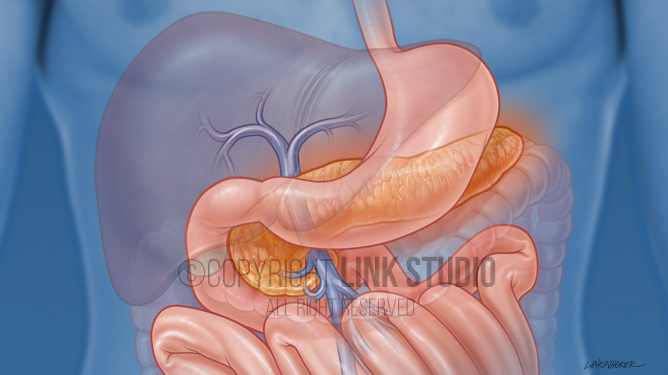
Pancreatic Auto Islet Transplantation – Overview of the Pancreas and Gastrointestinal Tract (Still Image)
These images are stills from a video and animation about pancreatic auto islet cell transplantation. Patients with pancreatic disease often have very few pancreatic islet cells to produce insulin (and other hormones). These patients are diabetic and have to manage their diabetes with medicine. So, physicians have developed a technique where the pancreas is removed (total pancreatectomy) and the islet cells are harvested from the diseased pancreas. These purified islet cells are then introduced into the patient’s liver, where they begin to take root and grow, eventually producing insulin and other hormones.

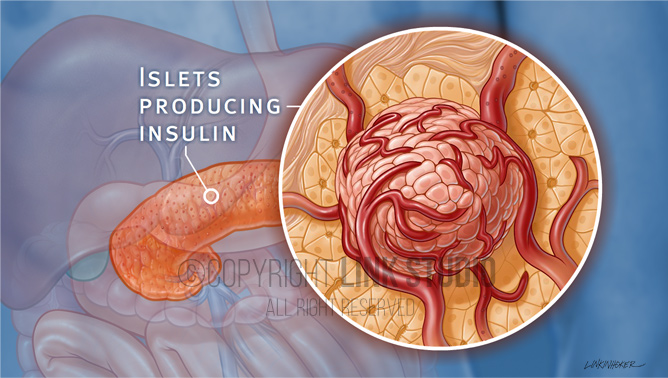
Pancreatic Auto Islet Transplantation – Islet Cell Description (Still Image)
These images are stills from a video and animation about pancreatic auto islet cell transplantation. Patients with pancreatic disease often have very few pancreatic islet cells to produce insulin (and other hormones). These patients are diabetic and have to manage their diabetes with medicine. So, physicians have developed a technique where the pancreas is removed (total pancreatectomy) and the islet cells are harvested from the diseased pancreas. These purified islet cells are then introduced into the patient’s liver, where they begin to take root and grow, eventually producing insulin and other hormones.
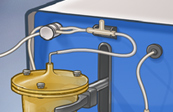
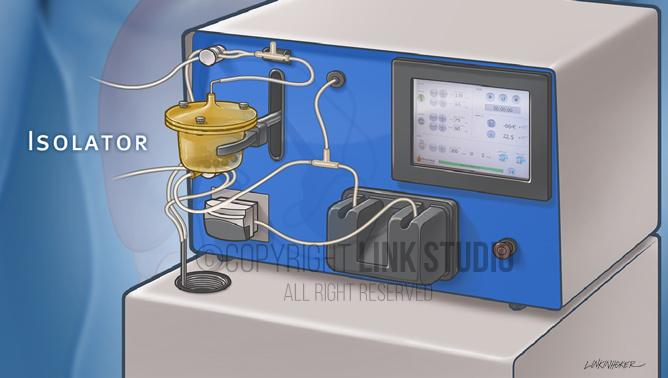
Pancreatic Auto Islet Transplantation – Islet Cell Isolator (Still Image)
These images are stills from a video and animation about pancreatic auto islet cell transplantation. Patients with pancreatic disease often have very few pancreatic islet cells to produce insulin (and other hormones). These patients are diabetic and have to manage their diabetes with medicine. So, physicians have developed a technique where the pancreas is removed (total pancreatectomy) and the islet cells are harvested from the diseased pancreas. These purified islet cells are then introduced into the patient’s liver, where they begin to take root and grow, eventually producing insulin and other hormones.
Client
- Johns Hopkins Medicine
Category
- Medical Animation
Industry
- Academic
Audience
- Patient Education
Specialty
- Gastroenterology & Hepatology
- Surgery